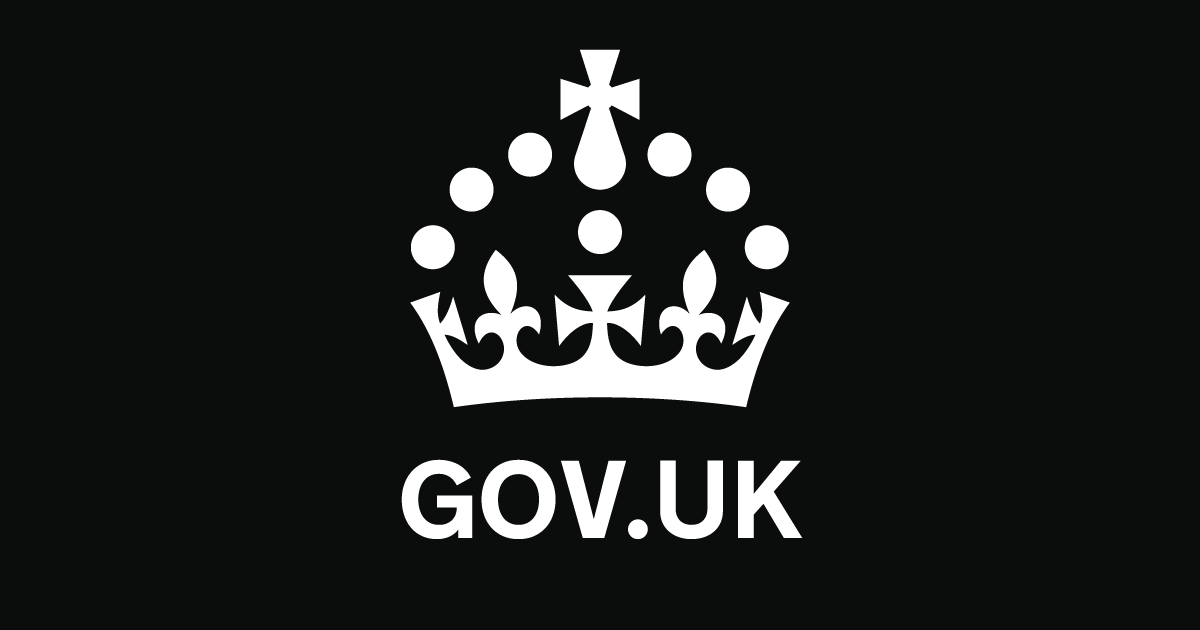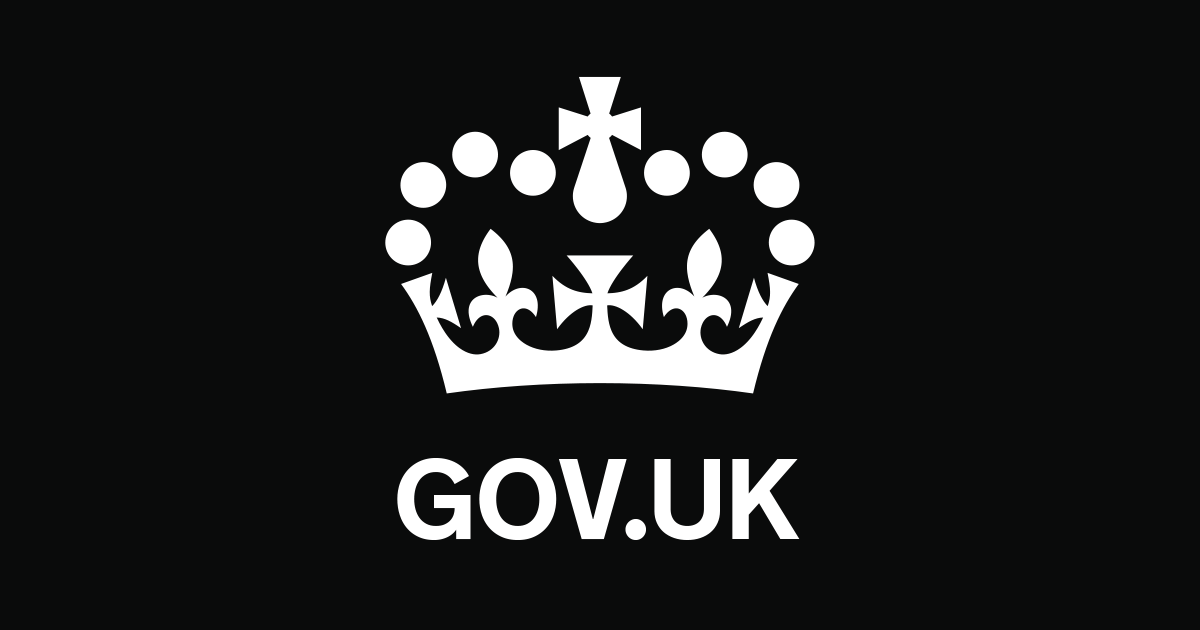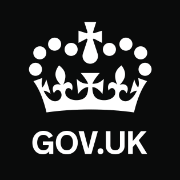Small Business Employees: Payroll FAQs
Income Tax
What does my tax code mean?
Before we jump into it, HMRC have created a handy tool to help you understand your specific tax code:

The numbers in your tax code represent how much tax-free income you get in that tax year.
1257L is the tax code currently used for most people who have one job or pension. For example, if your tax code is 1257L, you get £12,570 of tax-free income in that tax year.
'BR' is a tax code usually used when you have more than one job or pension, it means you are taxed at the 'basic rate'.
More tax codes and further information can be found on the GOV website:

Emergency Tax Codes
These are temporary, and are usually only given if HMRC does not get your income details in time after a change in circumstances - like a new job.
Emergency tax codes end in ‘W1’, ‘M1’ or ‘X’. 'Emergency' makes it sound like you are being taxed a lot but that is not the case here! In this case it just means that the tax code is temporary and is likely to be amended soon.
Is my tax code wrong?
You can find your tax code on your payslip. HMRC tells your payroll provider which tax code to use.
If you think your tax code is wrong, you can contact HMRC to let them know about a change in income, or use your personal Government Gateway account to update your employment details.
How do I set up a personal Government Gateway account?
A Government Gateway (GOV) account can be used to check your PAYE income tax details.
To set up a GOV account follow the instructions here.
Am I being taxed too much?
You can use your GOV account (see above) to check how much tax you have paid in the current tax year.
How to get a P45
Your employer should give you a P45 when you leave. It shows how much tax you have paid on your salary in the employment for the tax year (06 Apr - 05 Apr).
You should give a copy to you your new employer so they tax you correctly.
How to get a P60
Employers must issue a P60 to every person that is employed by them at the end of the tax year (05 Apr). It shows how much tax you have paid on your salary for the tax year and is useful for completing your self assessment tax return - if you need to file one.
How to get a P11D
Employers must issue a P11 to every person that has received untaxed benefits in the tax year. These are known as benefits-in-kind and may include company cars and heath insurance.
You'll pay tax on the value of benefits that your employer provides. HMRC usually recoup this by adjusting your tax code. Your employer will also pay national insurance on the value of your benefits.
Pensions
How can I join or leave my employer's pension scheme?
Your employer will ask you whether you would like to opt out of the company pension scheme (and if you don't respond - they may have to opt you in). The process is known as auto enrolment and was introduced to encourage workers to save for their retirement.
You'll be enrolled after the first payroll you meet or exceed the conditions, which are based on age and pay. You may also have the right to join the scheme even if you do not meed the conditions.
You may ask your employer at any time to opt in or out of the scheme.



